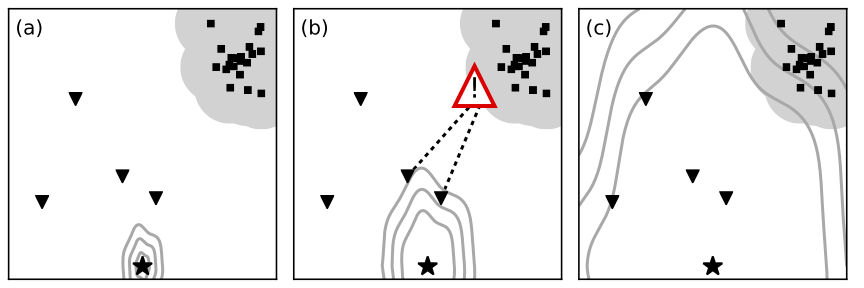Andrew Valentine

Enabling next-generation earthquake and tsunami early warning
1 February 2018
Today marks the official start of my Discovery Early Career Research Award (DECRA), a personal fellowship from the Australian Research Council.
This three-year project aims to develop a new approach for earthquake and tsunami early warning, avoiding many of the limitations currently present in such systems. This will combine machine learning and artificial intelligence with state-of-the-art geophysical modelling, allowing high-quality real-time prediction of seismic hazards with full uncertainty information. Highlighting opportunities at the interface between geoscience and data science, it is hoped this project will stimulate novel approaches, and build Australian research capacity in this area. Expected benefits include improved techniques for geophysical imaging and real-time data analysis, in addition to enhanced capabilities for mitigating the costs associated with seismic activity.
 Above: Schematic of earthquake early warning. An urban area is protected by monitoring stations (triangles). (a) When an earthquake occurs (star), seismic waves spread out and (b) are detected by these stations. Information about the earthquake can be transmitted to the urban area, allowing precautionary measures to be taken before (c) ground shaking begins.
Above: Schematic of earthquake early warning. An urban area is protected by monitoring stations (triangles). (a) When an earthquake occurs (star), seismic waves spread out and (b) are detected by these stations. Information about the earthquake can be transmitted to the urban area, allowing precautionary measures to be taken before (c) ground shaking begins.